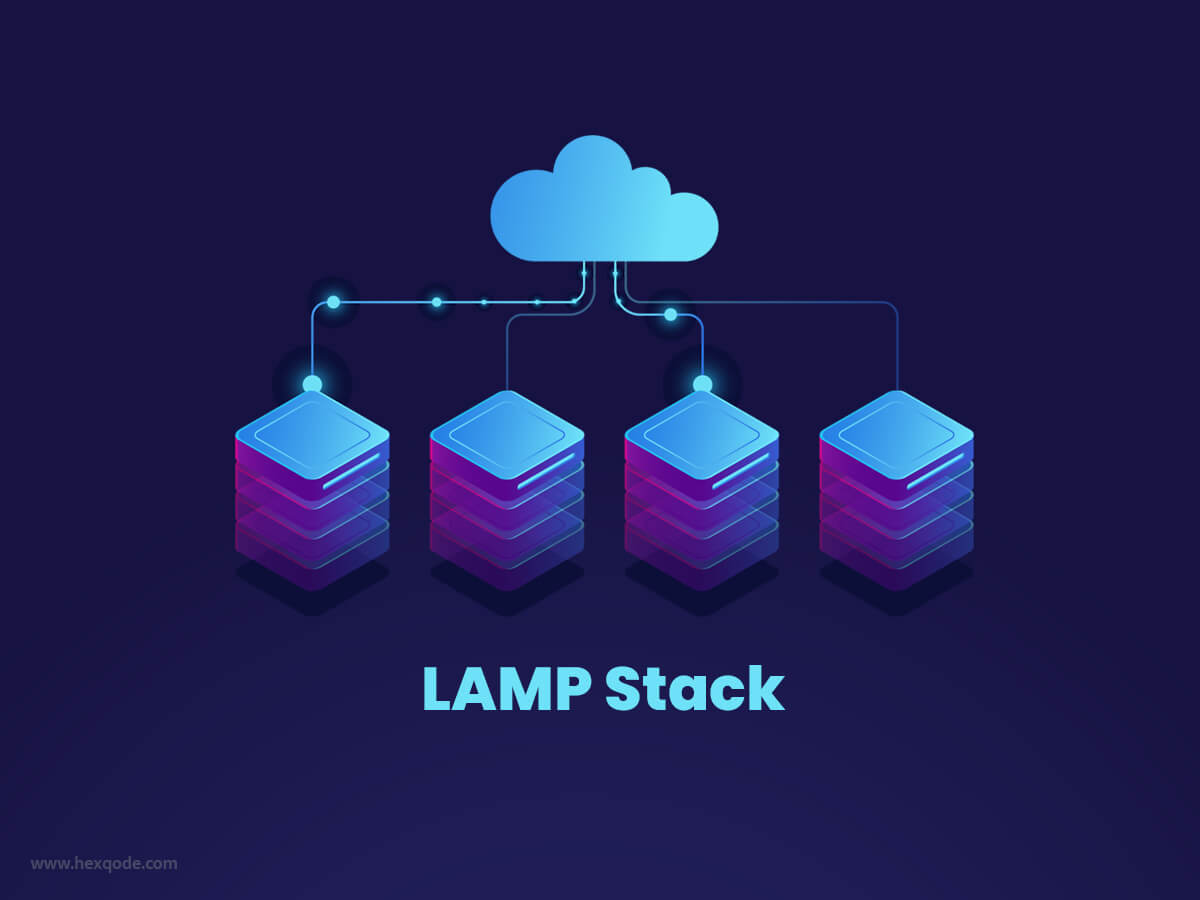
Welcome to the ultimate guide on installing the LAMP stack on Ubuntu 22.04! If you’re a web developer or someone diving into the world of server management, understanding how to set up Linux, Apache, MySQL, and PHP is crucial. In this comprehensive guide, we’ll take you through each step, ensuring you have a fully functional and optimized LAMP stack on your Ubuntu 22.04 server.
Understanding Ubuntu 22.04
Ubuntu 22.04, the latest Long Term Support (LTS) release, provides a stable foundation for your web applications. It’s important to note its compatibility with the LAMP stack, making it an ideal choice for this installation.
Setting Up Apache
Apache, the widely used web server, plays a crucial role in the LAMP stack. Learn how to install and configure Apache on your Ubuntu 22.04 server to handle web requests efficiently.
Begin by updating the package list on your server. Then, install Apache using the package manager:
sudo apt update
sudo apt install apache2After installation, start the Apache service and enable it to start on boot:
sudo systemctl start apache2
sudo systemctl enable apache2Follow this article to read details installation process of Apache Web Server.
Configuring MySQL
MySQL, the database management system, is the ‘M’ in LAMP. We’ll guide you through installing and securing MySQL on Ubuntu 22.04, laying a solid foundation for your web applications.
Install MySQL using the package manager:
sudo apt install mysql-serverOnce installed, run the security script to enhance MySQL’s security:
sudo mysql_secure_installationInstalling PHP
Now, let’s add the dynamic element to our stack with PHP. Follow our simple steps to install PHP on Ubuntu 22.04 and unleash the power of server-side scripting.
Install PHP and its dependencies:
sudo apt install php libapache2-mod-php php-mysqlAfter installation, restart the Apache service for the changes to take effect:
sudo systemctl restart apache2Testing LAMP Stack
Before diving into development, it’s essential to verify that each component of your LAMP stack is functioning correctly. Create a simple PHP file in the Apache webroot:
echo "<?php phpinfo(); ?>" | sudo tee /var/www/html/info.phpAccess this file through your web browser (e.g., http://your_server_ip/info.php) to ensure PHP is working correctly.
Optimizing LAMP Stack Performance
To ensure your web applications run smoothly, we’ll provide you with tips and best practices to optimize the performance of your LAMP stack configuration.
Consider tweaking the Apache MaxRequestWorkers setting, enabling PHP OpCode caching, and optimizing MySQL’s configuration parameters based on your server’s resources.
Securing Your LAMP Server
Security is paramount. Learn the importance of securing your server, including configuring firewalls and securing applications within your LAMP stack.
Utilize tools like UFW (Uncomplicated Firewall) to control incoming and outgoing traffic:
sudo ufw allow OpenSSH
sudo ufw enableBacking Up Your LAMP Server
Regular backups are your safety net. Discover the tools and methods for backing up your LAMP components, ensuring the integrity of your data.
Consider using tools like mysqldump for MySQL databases and backing up your Apache webroot regularly.
Troubleshooting Common Issues
Encounter a problem? We’ve got you covered with a guide to common issues and solutions. Additionally, we’ll point you to online resources and communities for further support.
Upgrading LAMP Components
As technology evolves, so should your stack. Learn when and how to upgrade each component of your LAMP stack to keep up with the latest features and security patches.
Remember to create a backup before upgrading any component, and check for compatibility with your web applications.
Exploring Additional LAMP Stack Tools
Beyond the core components, explore additional tools and frameworks to enhance your LAMP setup, opening up new possibilities for your web development projects.
Consider tools like Composer for PHP dependency management, phpMyAdmin for MySQL administration, and Let’s Encrypt for free SSL certificates.
Benefits of Using LAMP Stack
Discover the advantages that the LAMP stack offers to web developers, including scalability, flexibility, and a robust environment for building powerful applications.
Conclusion
Congratulations! You’ve successfully set up a powerful LAMP stack on your Ubuntu 22.04 server. Recap the key points, and remember, this guide is just the beginning of your journey into web development. Feel free to explore and experiment to unlock the full potential of your LAMP stack.
FAQs
-
Is LAMP suitable for small-scale websites?
Absolutely! LAMP is scalable and suitable for websites of all sizes.
-
What if I encounter issues during installation?
Refer to our troubleshooting section, and if needed, seek assistance from online communities.
-
How often should I perform backups?
Regular backups are recommended, preferably on a weekly basis.
-
Can I upgrade individual components of the LAMP stack independently?
Yes, but ensure compatibility and follow best practices when upgrading.
-
Are there alternatives to the LAMP stack?
Yes, there are other stacks like MEAN and MERN, each with its own strengths.






Leave a Reply